Top 17 Getaways For People Who Want To Avoid The Tourist Scene
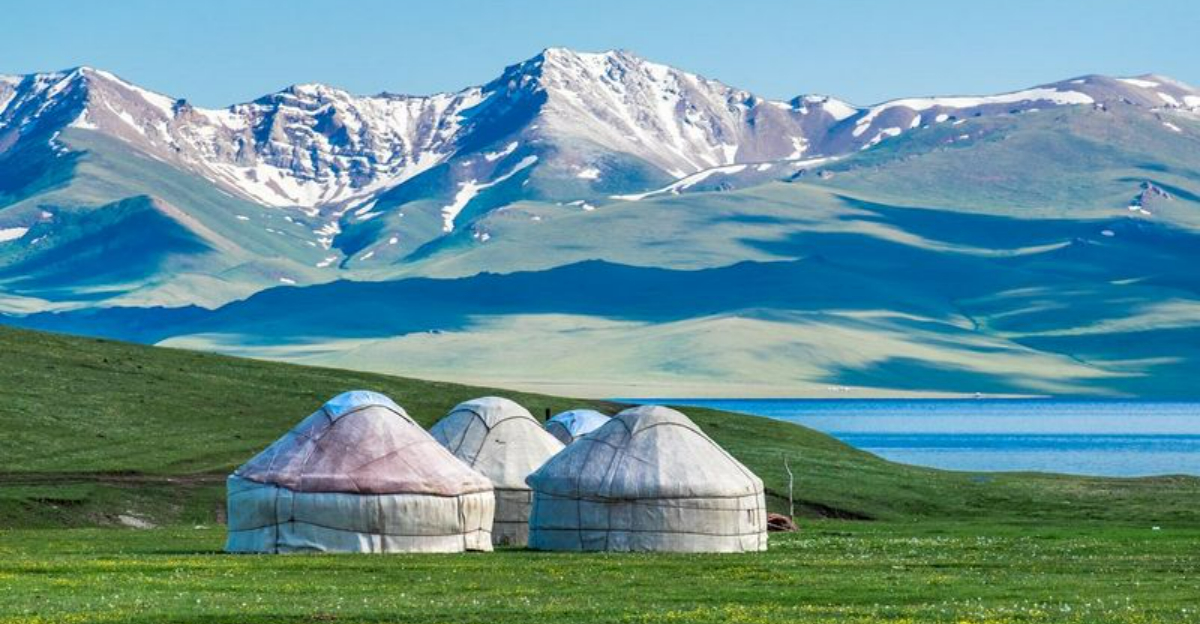
Tired of battling crowds just to snap a photo at famous landmarks? Sometimes the best travel experiences happen far from the well-worn tourist paths. Hidden beaches, remote villages, and undiscovered wilderness areas offer authentic cultural experiences without the lines and inflated prices.
If you’re craving a vacation where locals outnumber tourists and genuine discoveries await around every corner, these 17 getaways will help you escape the crowds.
1. Faroe Islands’ Untouched Landscapes
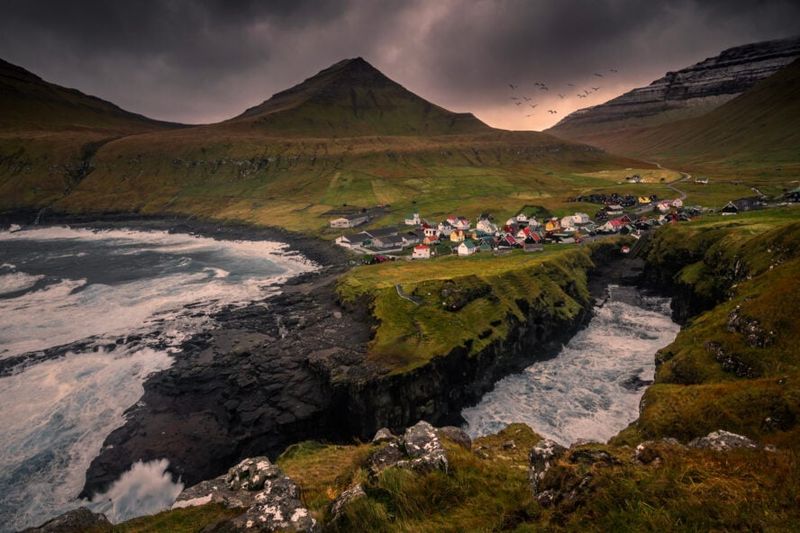
Halfway between Iceland and Norway lies a windswept archipelago where sheep outnumber people. The dramatic cliffs and emerald valleys remain largely untouched by mass tourism despite their breathtaking beauty.
Villages like Gjógv offer charming guesthouses where you can experience local hospitality firsthand. Hiking trails crisscross the islands, leading to spots where you might be the only visitor that day.
The weather changes rapidly here, creating an ever-shifting canvas of light and shadow across the landscape. Summer brings the midnight sun, perfect for extended exploration of this Nordic paradise.
2. Uruguay’s Sleepy Coastal Towns
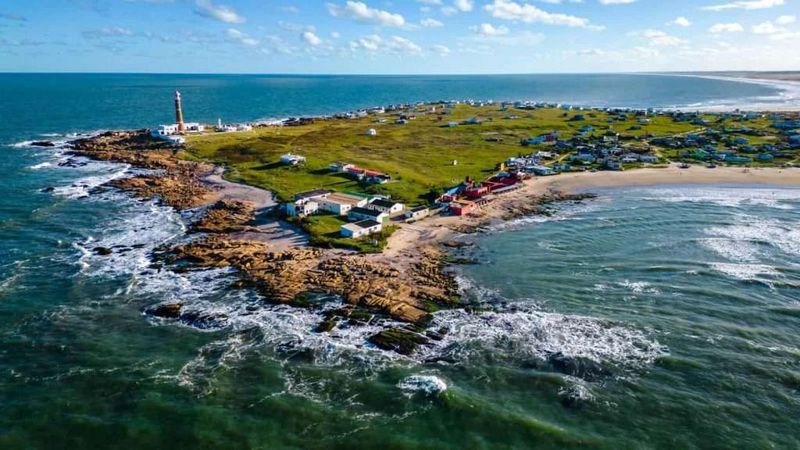
While Argentina and Brazil draw the crowds, Uruguay’s Atlantic coast offers tranquil beaches without the fanfare. José Ignacio transforms from a sleepy fishing village to a sophisticated but low-key retreat during summer months.
Further east, Cabo Polonio can only be reached by 4×4 vehicles through sand dunes, keeping visitor numbers naturally limited. The absence of electricity in many parts adds to its rustic charm.
Watching sea lions from the lighthouse or horseback riding along deserted beaches feels like discovering a secret that tourism forgot. The laid-back rhythm of life here is the perfect antidote to modern stress.
3. Socotra Island’s Alien Landscapes
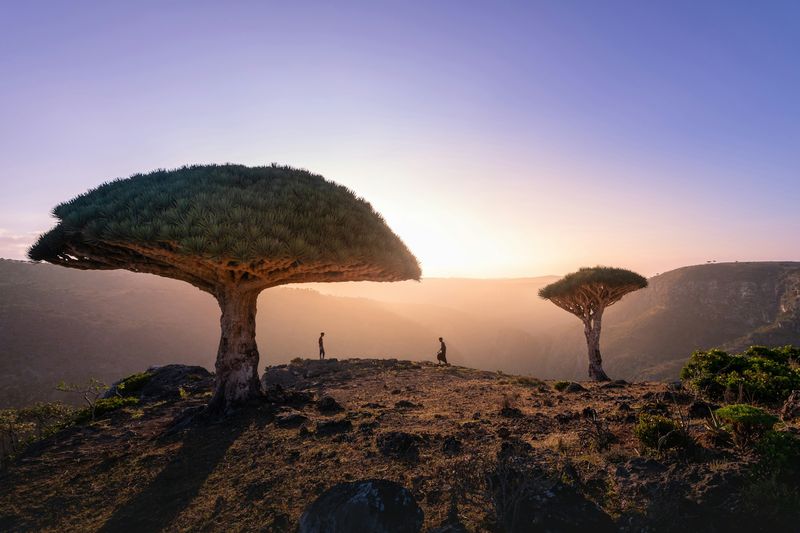
Off Yemen’s coast lies an island so unique it feels like another planet. Dragon blood trees with umbrella-shaped canopies dot landscapes found nowhere else on Earth. Political isolation has kept Socotra relatively untouched by tourism.
Local Bedouin guides can lead you through this UNESCO World Heritage site, revealing hidden caves and pristine beaches. The island’s unique ecosystem hosts hundreds of plant species that exist nowhere else.
Camping under star-filled skies beside the Arabian Sea offers a true disconnect from the modern world. Though challenging to reach, this biological treasure rewards adventurous travelers with genuine otherworldly experiences.
4. Romania’s Maramureș Region
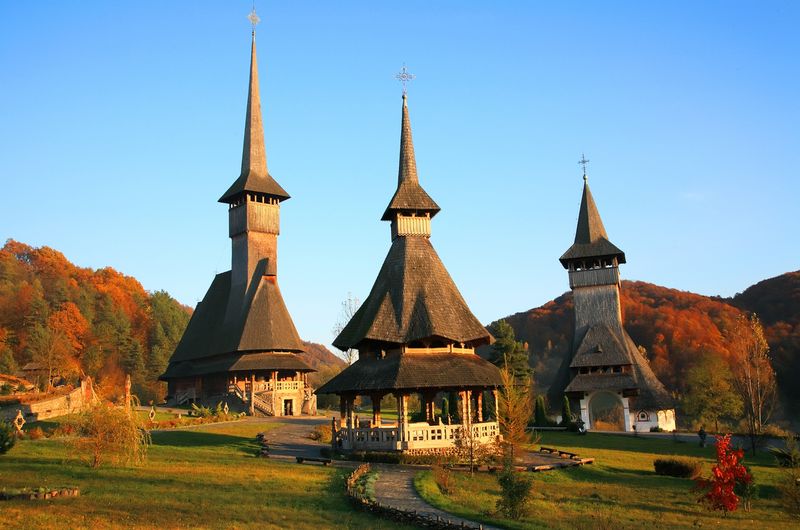
Hidden in northern Romania’s rolling hills, Maramureș feels like stepping back centuries. Wooden churches with tall spires rise above villages where horse-drawn carts still outnumber cars on country roads.
Families continue crafting intricate wooden gates and practicing traditional farming methods passed down through generations. The Merry Cemetery in Săpânța stands out with its colorful tombstones depicting the lives of the departed with humor and honesty.
Staying with local families offers authentic experiences of Romanian hospitality and home-cooked meals. Fall visits coincide with harvest festivals where you can join in age-old celebrations largely unchanged by modern influence.
5. Kyrgyzstan’s Song Kul Lake

High in Central Asia’s mountains, nomadic traditions continue around this alpine lake’s shores. At 3,000 meters above sea level, Song Kul remains blissfully removed from conventional tourism circuits despite its stunning beauty.
Summer brings nomadic families who set up yurt camps where travelers can experience traditional hospitality. Horse treks through surrounding meadows reveal panoramic views that few international visitors ever witness.
Nights here bring spectacular stargazing opportunities thanks to minimal light pollution. The simplicity of life around Song Kul offers a refreshing reset from the complexity of modern existence, with nothing but mountain silence and endless horizons.
6. Dominica’s Rainforest Retreats
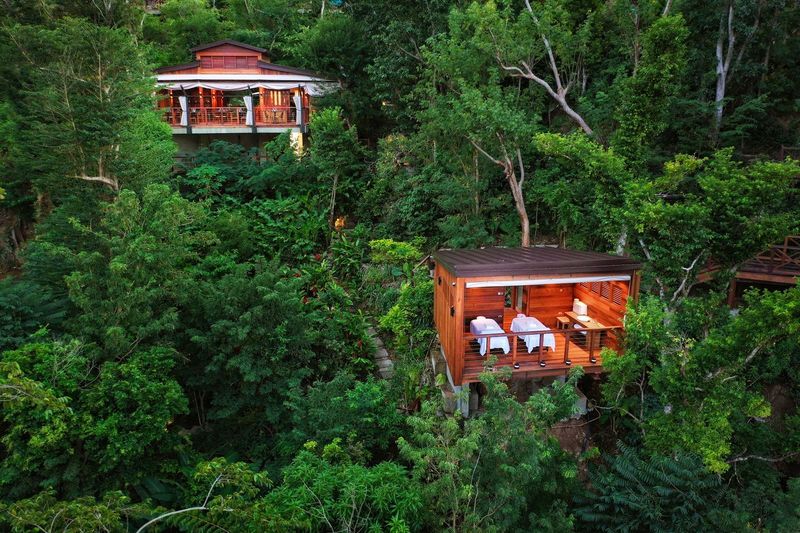
If you’re looking for Caribbean beauty without resort crowds, Dominica delivers pristine experiences. Known as “Nature Island,” its volcanic landscapes remain largely undeveloped compared to neighboring islands.
Hiking to Boiling Lake through rainforests teeming with rare parrots and butterflies might only encounter a handful of other adventurers. Small eco-lodges nestled in forest clearings offer sustainable luxury without the environmental impact of large resorts.
Snorkeling in Champagne Reef reveals underwater volcanic vents creating bubbles that rise through crystal waters. After Hurricane Maria, Dominica rebuilt with a focus on sustainable tourism, making now the perfect time to discover this green gem.
7. Madagascar’s Baobab Forests
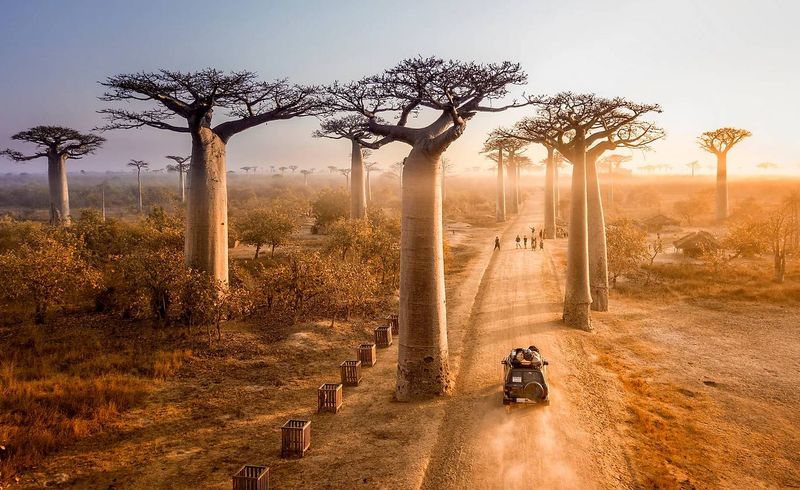
Beyond the animated movie lies a real island where evolution took unique paths. The Avenue of the Baobabs offers surreal landscapes without the infrastructure that brings mass tourism elsewhere in Africa.
Local guides can lead you through dry forests where lemurs leap between branches and chameleons change colors before your eyes. Small villages welcome visitors with warm hospitality and insights into Malagasy culture rarely experienced by outsiders.
Nights camping under ancient baobabs create memories impossible to replicate elsewhere. The challenging roads and limited facilities actually preserve the authentic experience, keeping Madagascar’s natural wonders accessible primarily to those willing to embrace adventure.
8. Oman’s Wahiba Sands
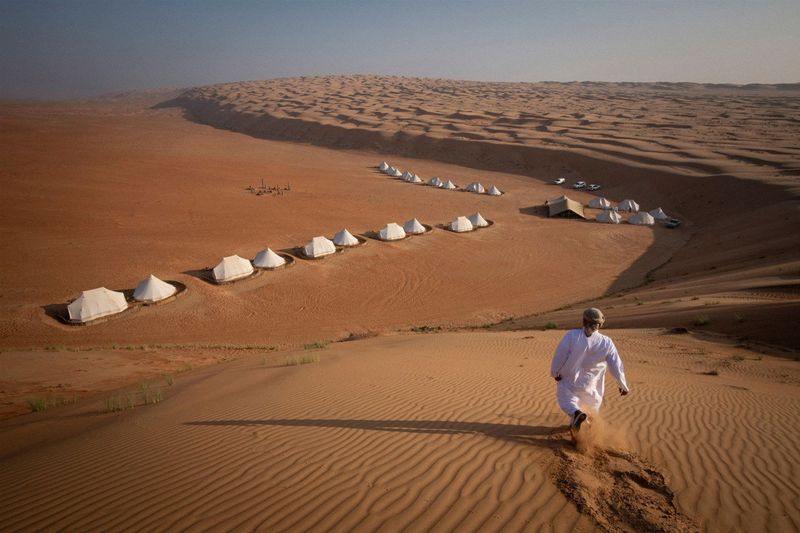
While Dubai glitters with skyscrapers, neighboring Oman offers authentic Arabian experiences without the crowds. The rolling dunes of Wahiba Sands stretch to the horizon, changing colors with the shifting sun.
Bedouin camps welcome travelers with traditional coffee ceremonies and meals under star-filled skies. Waking at dawn to witness the desert come alive with subtle wildlife is worth every grain of sand in your shoes.
Many areas remain accessible only by 4×4, naturally limiting visitor numbers to those truly seeking connection with this ancient landscape. The contrast between Oman’s rugged mountains, pristine coastlines, and golden deserts creates an adventure playground for intrepid travelers.
9. Bolivia’s Salt Flats in Off-Season
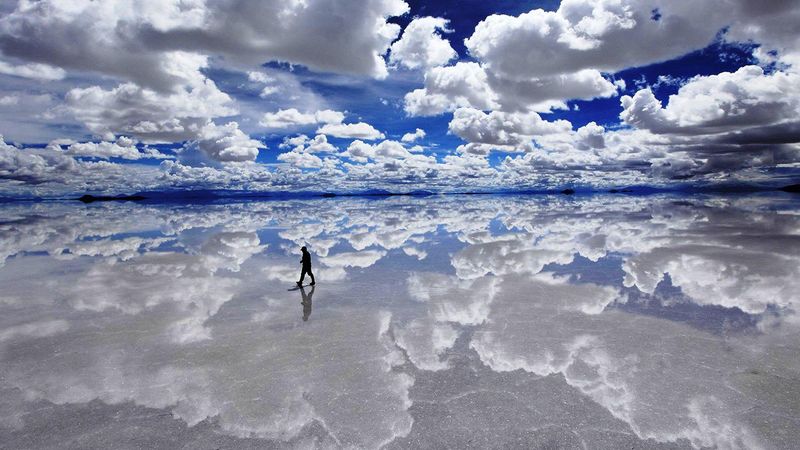
Salar de Uyuni draws photographers during peak months, but visiting during shoulder seasons reveals this natural wonder with hardly another soul in sight. The endless white expanse creates optical illusions that make for unforgettable photos.
Local guides from indigenous communities share ancestral knowledge about this harsh yet beautiful landscape. Staying in salt hotels on the flats’ edges provides unique accommodation experiences far from conventional tourism.
During rainy season, thin water layers transform the salt into the world’s largest mirror, reflecting perfect skies. The surrounding Eduardo Avaroa Reserve offers flamingo-filled lakes, geysers, and desert landscapes that many visitors to Bolivia never discover.
10. Laos’ Nam Et-Phou Louey National Park
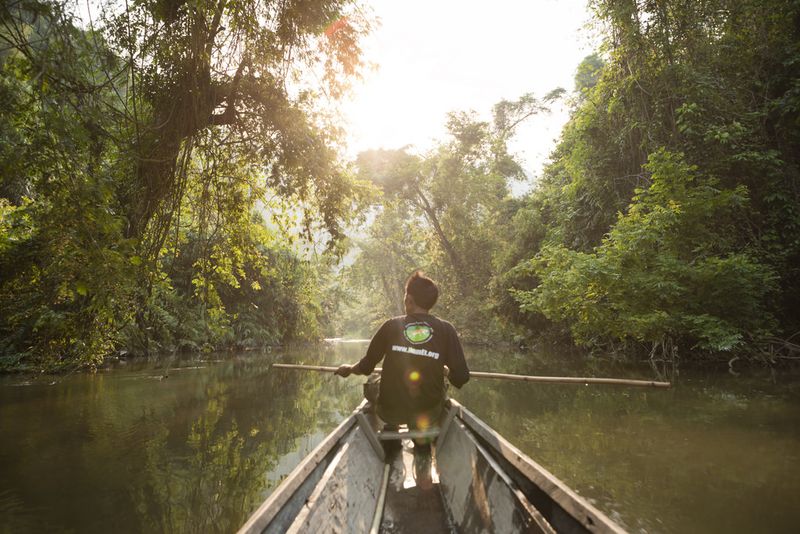
While tourists flock to Thailand and Vietnam, northern Laos remains a sanctuary of tranquility. This protected area offers night safaris where you might glimpse rare clouded leopards or sambar deer in their natural habitat.
Former poachers now work as guides, sharing intimate knowledge of the forest while supporting conservation. Small villages on the park’s edges welcome visitors with traditional Lao hospitality and locally grown meals.
Trekking through misty mountains to remote waterfalls often means having natural swimming holes entirely to yourself. The combination of wildlife conservation, cultural preservation, and limited infrastructure creates genuine ecotourism experiences without commercial overtones.
11. Georgia’s Svaneti Mountain Villages
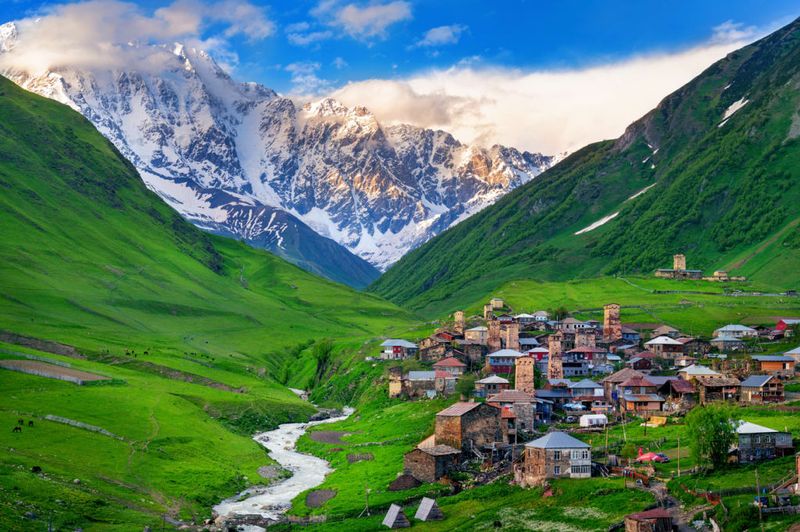
Tucked high in the Caucasus Mountains, medieval stone towers rise above villages where time seems suspended. Though growing in popularity, Svaneti’s remote location and harsh winters keep mass tourism at bay.
Hiking between villages reveals breathtaking alpine meadows and glaciers without the crowds found in Western Europe’s mountains. Homestays with Svan families offer authentic experiences of this unique culture, including polyphonic singing traditions and hearty mountain cuisine.
Winter brings pristine powder for backcountry skiing with barely another track in sight. The combination of ancient culture, dramatic landscapes, and genuine hospitality makes Svaneti perfect for travelers seeking authentic mountain experiences.
12. Mozambique’s Quirimbas Archipelago
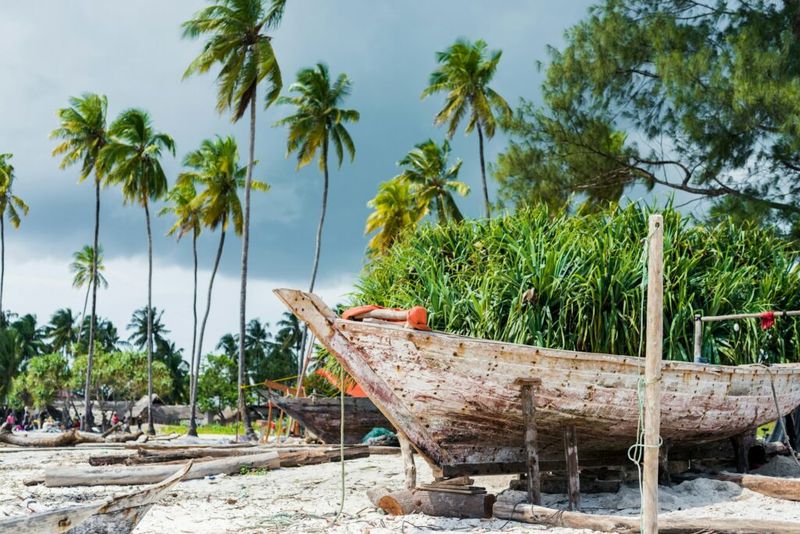
Far from Africa’s safari circuits lie islands where footprints in the sand might be the only evidence of previous visitors. The Quirimbas Archipelago stretches along Mozambique’s northern coast, offering marine sanctuaries without the development found elsewhere.
Small fishing communities welcome visitors to experience traditional dhow sailing and fresh seafood caught hours before dinner. Coral reefs remain healthy and vibrant, offering world-class snorkeling without the boats and crowds found at more famous sites.
Staying in simple beach bungalows lets you fall asleep to ocean sounds rather than air conditioning hum. The absence of mass tourism infrastructure preserves both cultural authenticity and environmental integrity throughout this coastal paradise.
13. Bhutan’s Haa Valley
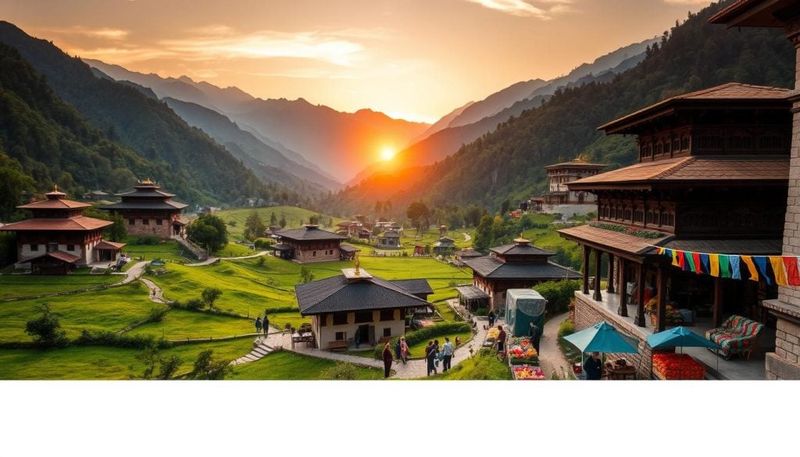
While most visitors to Bhutan stick to the main valleys, Haa remains wonderfully untouched. This westernmost valley opened to foreigners only recently, preserving its authentic character and traditions.
Ancient monasteries cling to hillsides where prayer flags flutter in mountain breezes. The valley’s three sacred hills – Black, White, and Copper Mountains – feature prominently in local mythology and offer spectacular hiking opportunities.
Farmhouses welcome guests with butter tea and home-distilled ara (rice wine) after days exploring alpine meadows. Bhutan’s controlled tourism policy ensures you’ll encounter genuine culture rather than commercialized versions created for tourists.
14. Taiwan’s Taroko Gorge
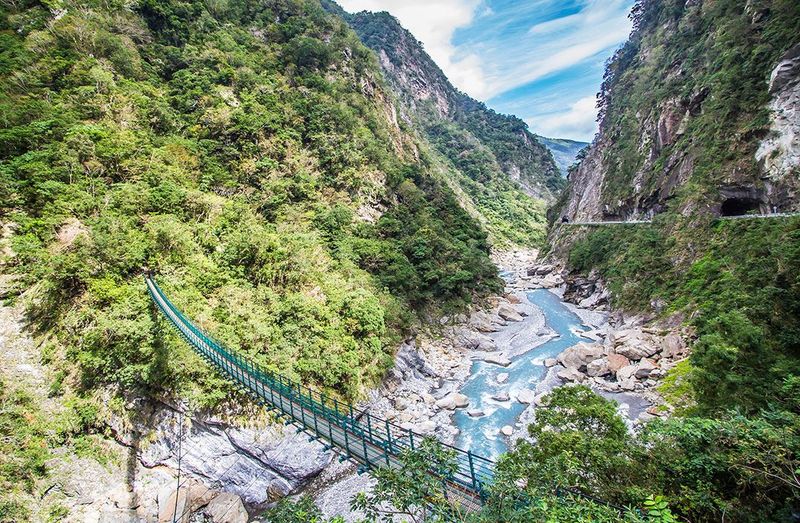
While Asian tourists flock to Japan and Thailand, Taiwan offers equally stunning landscapes with fewer international visitors. Marble cliffs rise dramatically from rushing rivers in Taroko Gorge, creating scenery that rivals more famous canyons.
Hiking trails lead to hidden temples and natural hot springs where you can soak tired muscles after exploring. Small indigenous villages within the national park preserve traditions from before Chinese settlement of the island.
Staying in mountain guesthouses provides early morning access to trails before day-trippers arrive from Taipei. The combination of natural wonders, cultural experiences, and excellent infrastructure makes Taiwan perfect for travelers seeking ease without crowds.
15. Albania’s Accursed Mountains
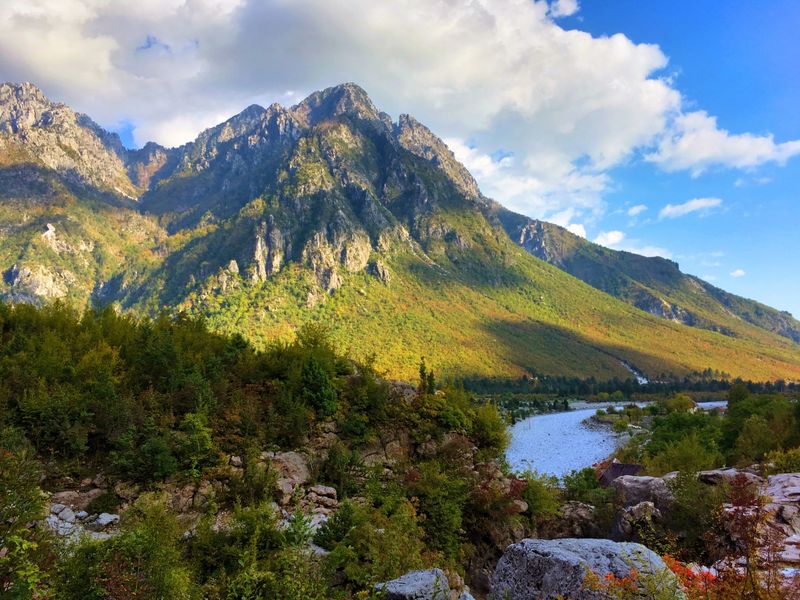
With a name straight from fantasy novels, the Accursed Mountains (Albanian Alps) offer Europe’s last truly wild trekking. Villages like Theth and Valbona provide glimpses into traditional Balkan mountain life largely unchanged by outside influence.
Stone houses with wooden balconies welcome hikers with homemade raki and hearty stews after days on spectacular trails. The famous Valbona Pass hike delivers alpine vistas that rival the Alps without the infrastructure or crowds.
Swimming in crystal-clear river pools offers perfect refreshment during summer treks. Albania’s complex history kept tourism development minimal, accidentally preserving these mountains as Europe’s best-kept secret for wilderness lovers.
16. Colombia’s Pacific Coast
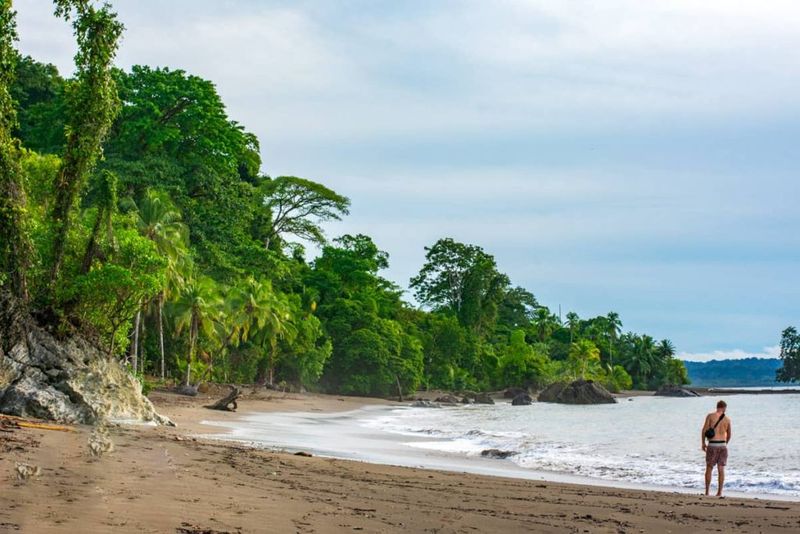
While tourists discover Colombia’s Caribbean beaches, the Pacific coast remains gloriously undeveloped. From June to October, humpback whales migrate to these waters, visible from simple ecolodges built with minimal environmental impact.
Afro-Colombian communities maintain unique cultural traditions, including marimba music recognized by UNESCO. Dense rainforest meets black-sand beaches where sea turtles nest undisturbed by excessive development or light pollution.
Exploring mangrove forests by dugout canoe reveals ecosystems teeming with life rarely seen by outsiders. The challenging access – often requiring boat transfers – naturally limits visitor numbers, preserving authentic experiences for those willing to venture beyond Colombia’s more accessible destinations.
17. Mongolia’s Altai Mountains
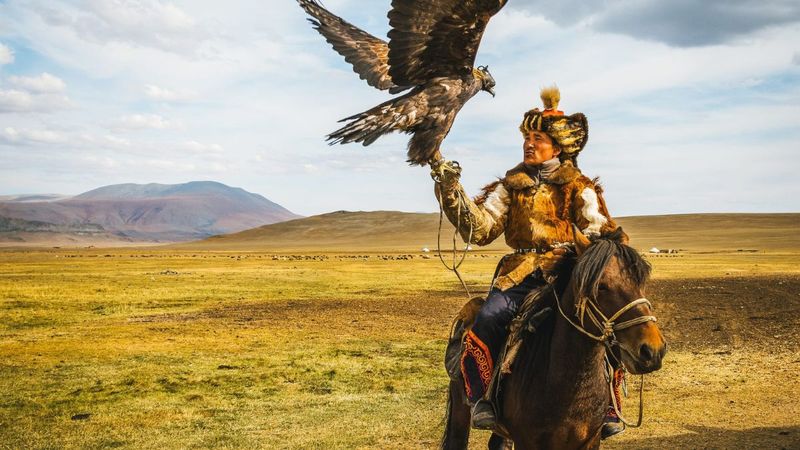
Far from Ulaanbaatar’s growing tourist scene, western Mongolia offers genuine nomadic experiences. Kazakh eagle hunters maintain ancient traditions in this remote region where families still migrate seasonally with their herds.
Staying in traditional ger camps lets you experience daily life unchanged for centuries. Horse treks through valleys dotted with petroglyphs and sacred ovoos (stone cairns) reveal landscapes seen by few foreigners.
The annual Golden Eagle Festival draws small numbers of photographers, but outside this event, you might be the only visitor in vast valleys. Mongolia’s limited infrastructure becomes an advantage for travelers seeking authentic cultural exchanges far from tourist circuits.
